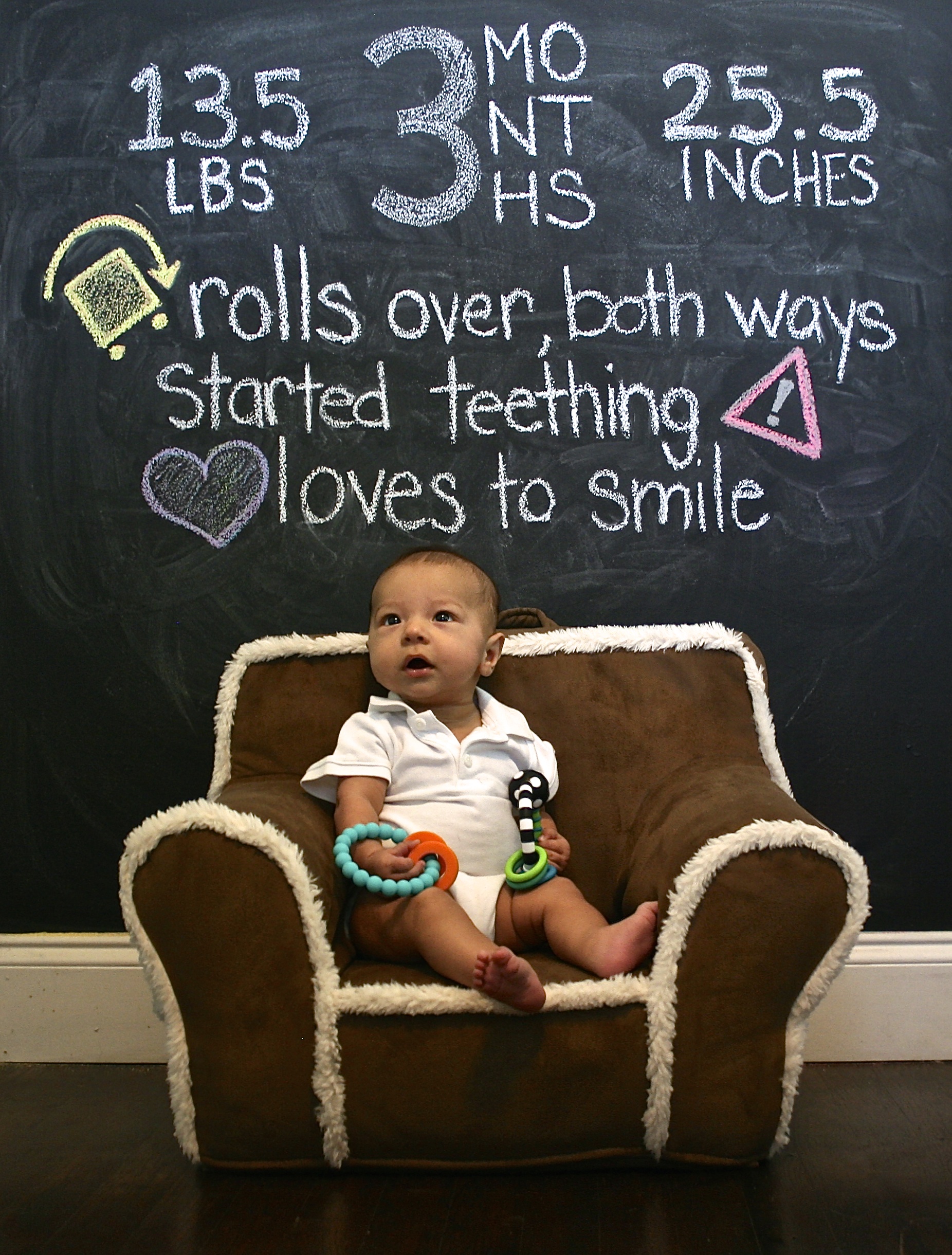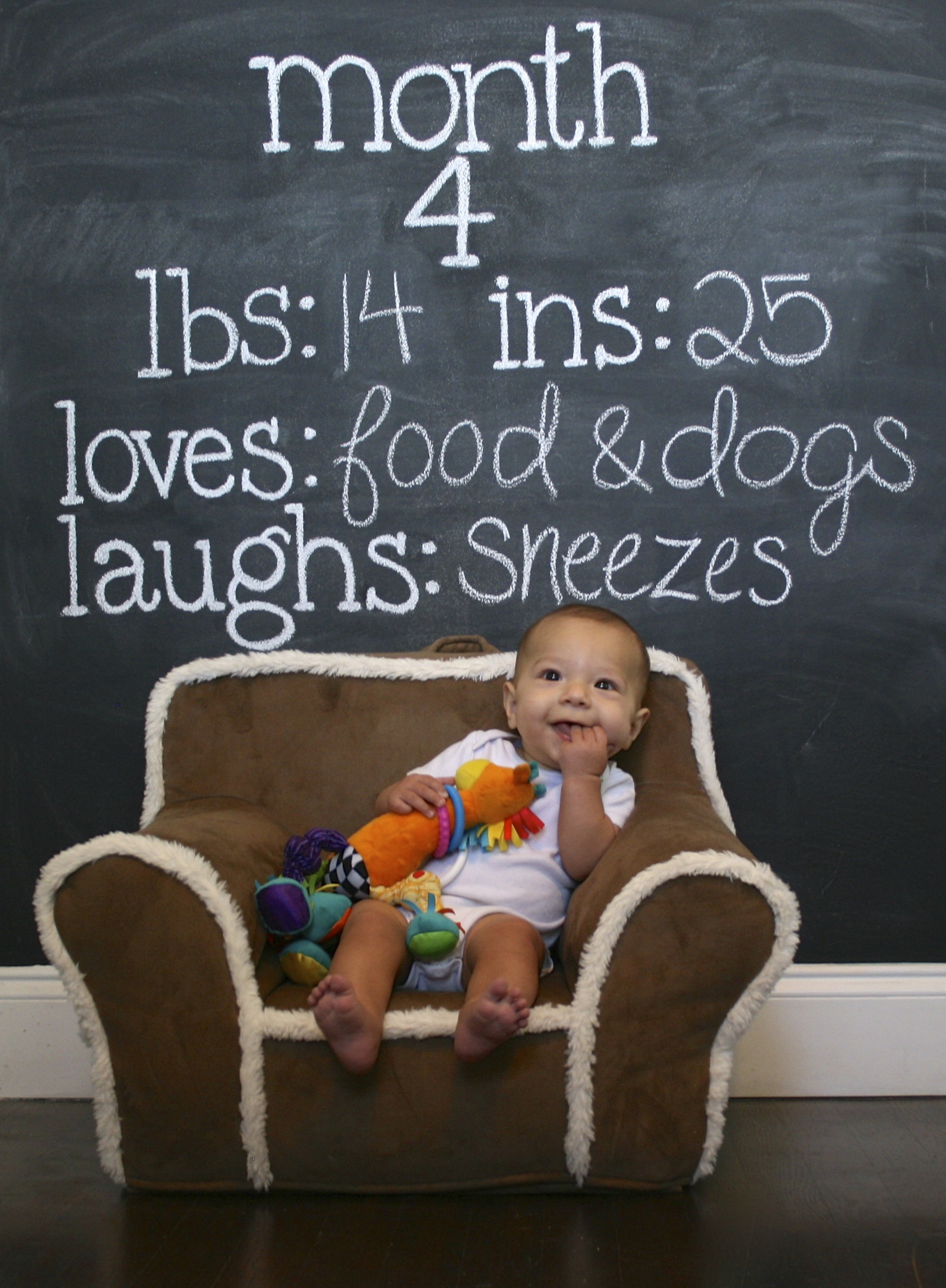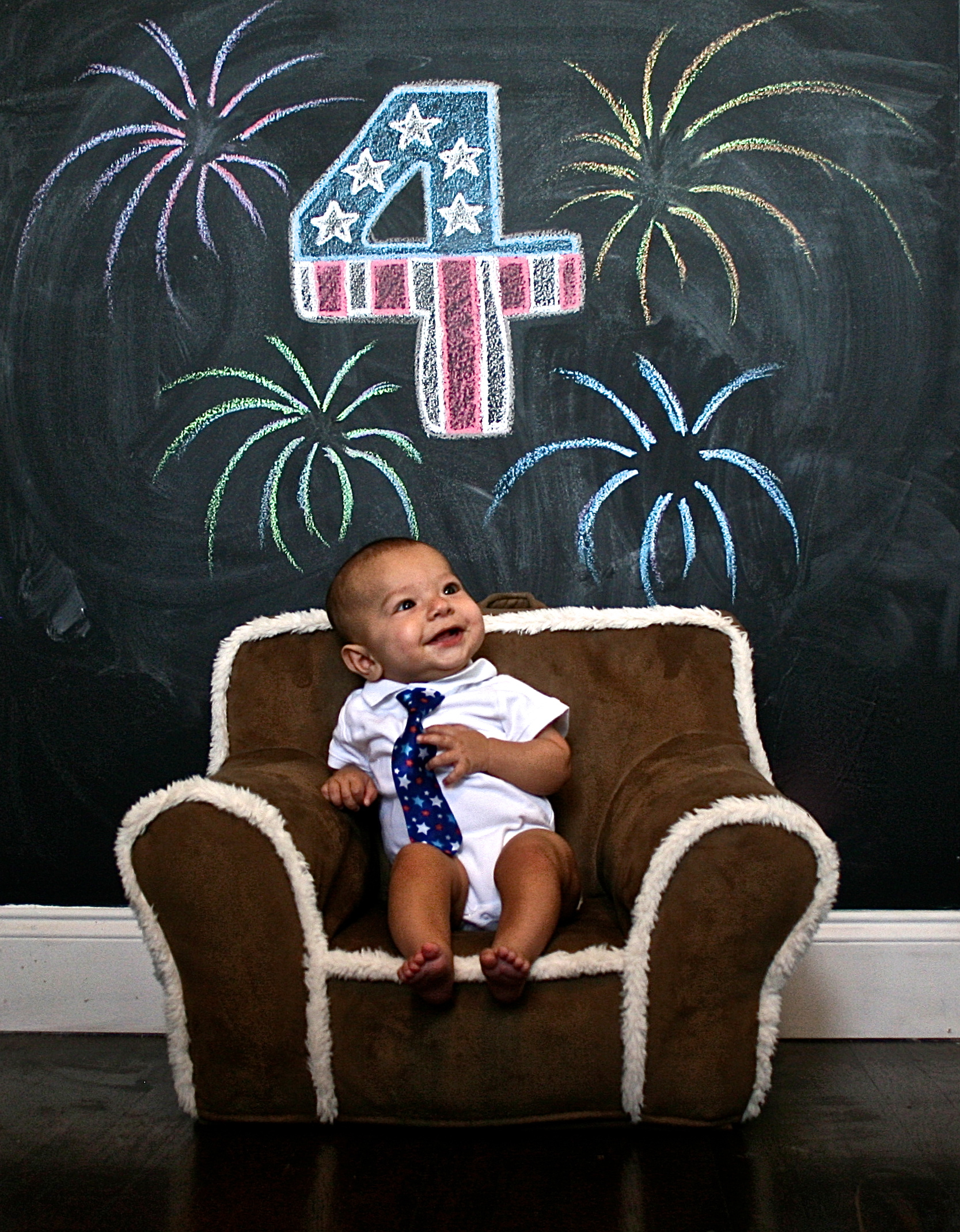There are a few things that just scream "Christmas" to me from my childhood - and without a doubt How the Grinch Stole Christmas is on that list. I read the book as a kid, I watched the movie laying on my Noni's floor in her den at Christmastime, and I could probably recite the whole thing to you now if I tried. I love to pass on these memories I have a kid, to my own kids, so Townes and I have watched The Grinch more than a couple of times already since Thanksgiving and the book is in our bedtime rotation. So when he asked me to bake something today - these seemed like the perfect idea.
Aside from being festive, fun and creative, they are also really, really easy to make and don't require much skill or many ingredients! They are a version of my shortbread cookies (a recipe from my Noni) that I used on Valentine's Day last year - these are almond flavored instead and obviously these are green!
Grinch Cookies
Makes 2 dozen (depending on cookie size)
For the Cookies:
- 1 cup butter, softened to room temp (very important)
- 3/4 cup sugar (I used granulated, but powdered is okay too)
- 1/2 tsp. vanilla extract
- 1 1/4 tsp. almond extract
- 2 1/2 cups flour
- Green food dye (or yellow and blue)
- 1-3 tbs. shortening
- Powdered sugar, for rolling
- Red decorators icing
Preheat your oven to 350° and line two baking sheets with parchment paper or silicon baking mats. Set aside.
In the bowl of a stand mixer, cream the butter and sugar. Really beat it until its super smooth and creamy - its basically the whole cookie. Beat in the vanilla and almond. Add the flour a half cup at a time and beat until combined after each addition. If the dough is too crumbly (it will need to hold together like playdough when squeezed in your hands, but should NOT be sticky) add 1 tbs. of shortening at a time. After each addition make sure you have given it a solid few minutes to beat in and see if its come together enough.
Once the dough is the right consistency, beat in the food dye. Once the dough is your desired shade of green, scoop out a small tablespoon of dough and roll into a ball with your hands. Roll in powdered sugar, then place the ball on your cookie sheet and flatten with your hand to about 1/2 inch or thinner. Repeat with remaining dough.
Bake for 12-18 minutes, until the edges are JUST starting to brown (the time will vary depending on the thickness of your dough and the size of your cookie so just watch carefully). Let the cookies cool completely on the cookie sheet.
Once the cookies are completely cooled, apply the hearts. I used a "leaf" tip on my tube of red frosting and made the heart in two halves. You can also just use a small round piping tip and draw a heart with the icing.





























































